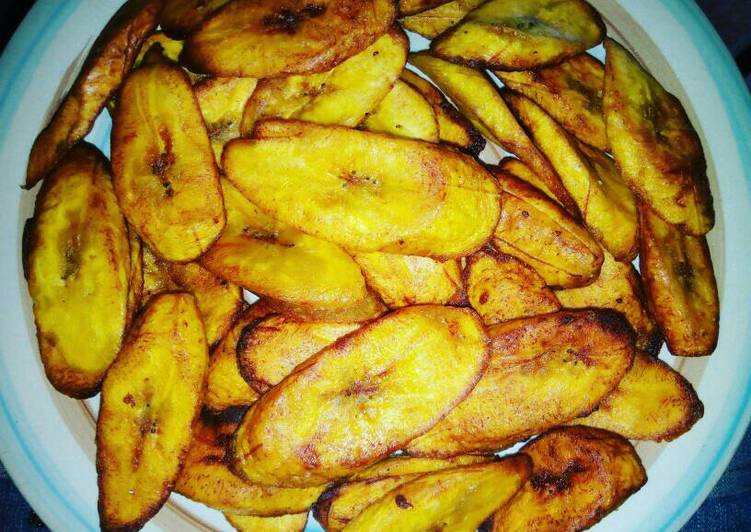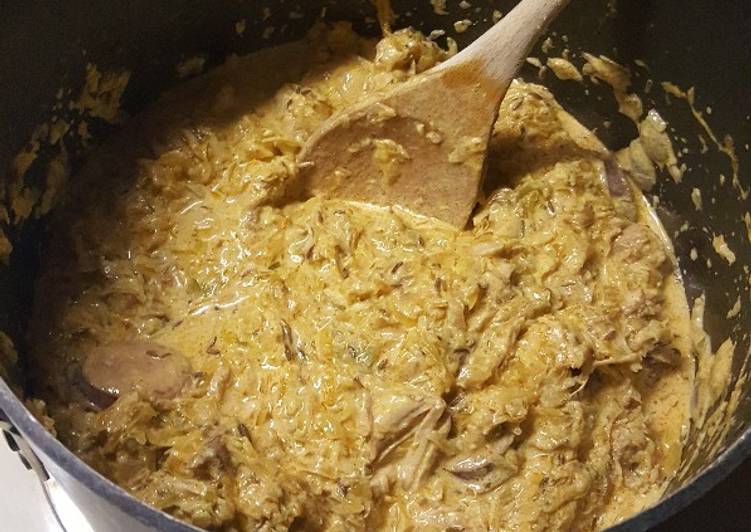
Hello everybody, I hope you’re having an amazing day today. Today, I’m gonna show you how to prepare a distinctive dish, fried plantain (dodo). One of my favorites. This time, I will make it a bit unique. This is gonna smell and look delicious.
Dodo, as it is called in Yoruba, refers to fried sweet plantains. For the plantains to caramelize properly, use ripe plantains (the skin should be deep yellow and speckled with large black dots). Plantain, believed to have originated in southeast Asia refers to the cooking banana, cultivars of the banana plant, which produces an edible fruit that is full of starch and rarely eaten raw.
Fried plantain (dodo) is one of the most well liked of recent trending foods in the world. It’s appreciated by millions daily. It is simple, it is fast, it tastes yummy. Fried plantain (dodo) is something that I’ve loved my whole life. They are nice and they look wonderful.
Recipe of Fried plantain (dodo)
To begin with this recipe, we must first prepare a few ingredients. You can cook fried plantain (dodo) using 3 ingredients and 6 steps. Here is how you cook it.
Ingredients
The ingredients needed to make Fried plantain (dodo):
- Get 5 finger of ripe plantain
- Make ready 1/2 teaspoon salt
- Make ready g/oil for frying
How to pick and fry dodo–also known as fried plantain easily! This is a staple in regions around the world including West African, South American, and Caribbean. Fried Plantain or Dodo is so easy to prepare. If you can fry egg, you can prepare this meal.
Instructions
Steps to make Fried plantain (dodo):
- Wash plantain
- Slice into desired shape n size, n salt to taste
- Then set your frying pan and add your groundnut oil n allow to heat a little
- Then add your sliced plantain n fry till its golden brown, fry others same way
- Fry on medium heat, so it doesn't get burnt
- Serve with a chilled drink or a sauce.
Wash, peel and slice the plantain as shown. The Groundnut Cookbook from Duval Timothy, Folayemi Brown and Jacob Fodio Todd features recipes inspired by and inherited from their East and West African heritage. In Nigeria, particularly the Yoruba tribe- its called 'Dodo'. It's so easy to make that Toss the plantain to ensure that the salt is evenly distributed. Pour oil into the frying pan and.
As simple as that Recipe of Fried plantain (dodo)
So that’s going to wrap it up with this special food fried plantain (dodo) recipe. Thanks so much for reading. I am sure you can make this at home. There’s gonna be interesting food at home recipes coming up. Don’t forget to save this page on your browser, and share it to your loved ones, friends and colleague. Thank you for reading. Go on get cooking!
Print this page


